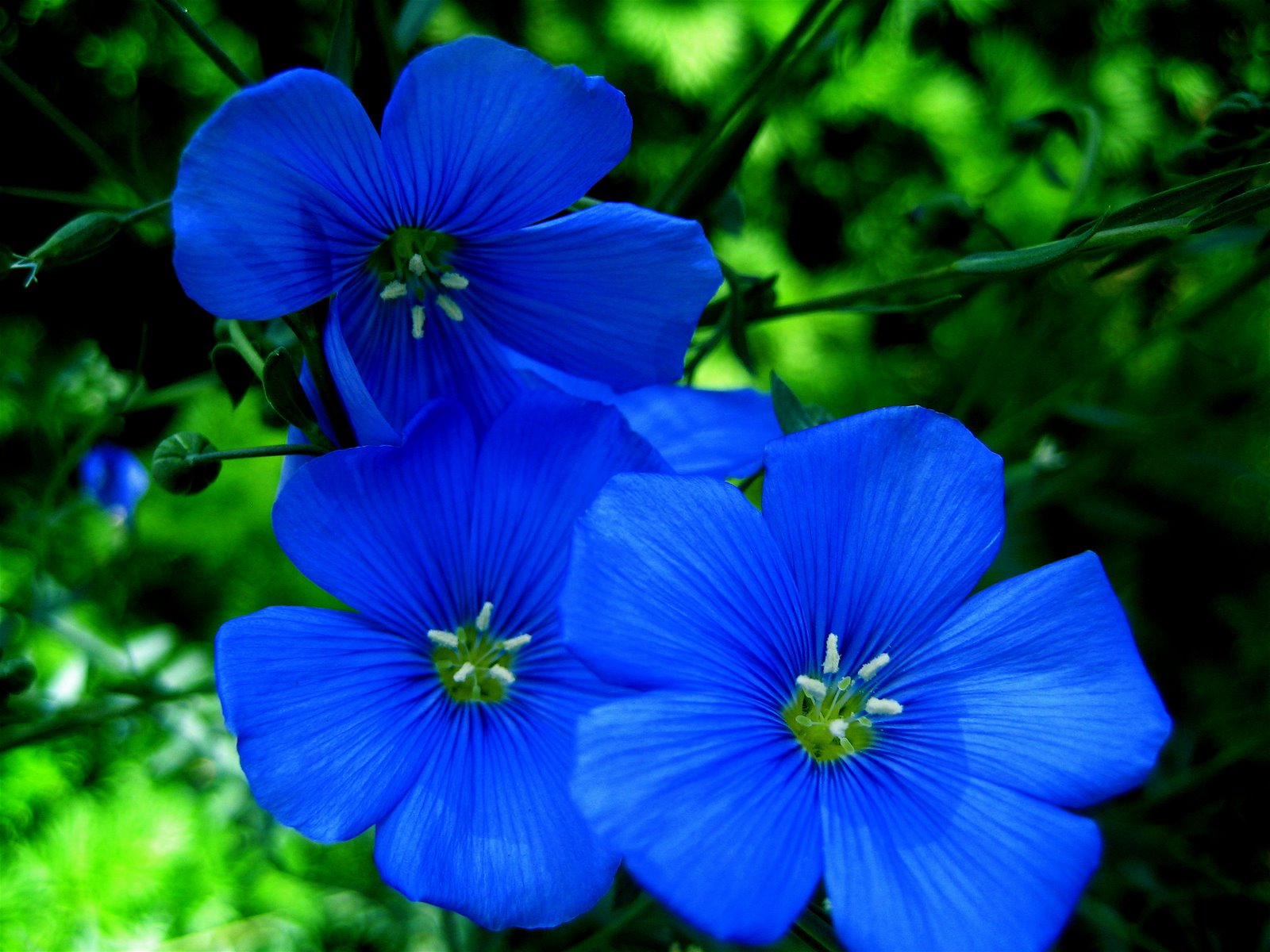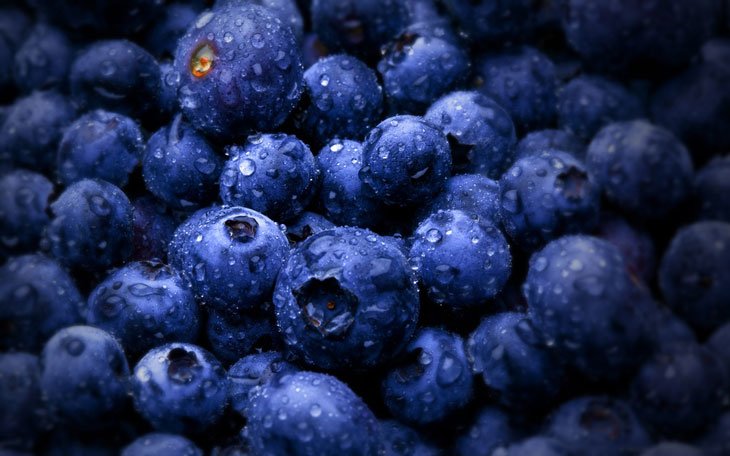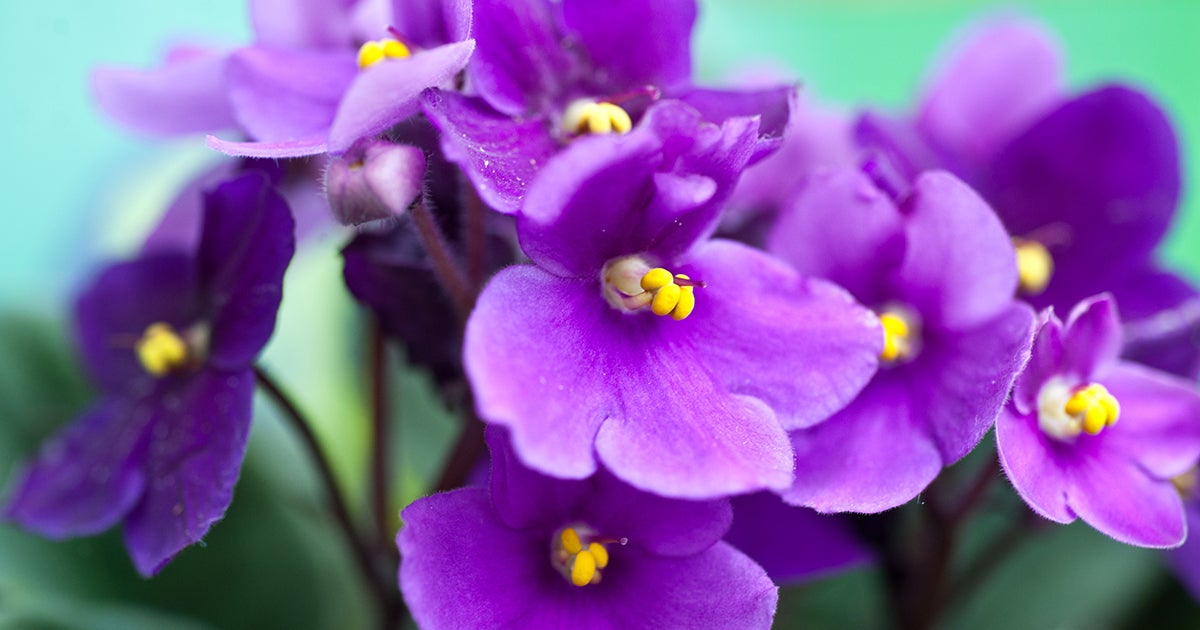Since colors are regarded as a non-verbal form of communication through which people can express a certain attitude, behavior, position or even a message, I have gathered some colors and included their interpretations and the effects they are believed to have on people’s body, mind and soul.
I have started with the four psychologically primary colors: red, blue, yellow and green. Respectively, each one affects the body, mind, emotions and the essential balance between these three.
Red has the longest wavelength; it is thus regarded as a powerful color with a physical effect. Red stimulates people and raises the pulse rate—blood pressure in some cases—that is why it is used in traffic lights worldwide. On the other hand, red connotes strength, self-confidence, energy, courage and excitement. However, it can send out the wrong message as a sign of defiance, aggression and strain, especially when it is used excessively.
 Known for its soothing effect, blue is the color of the mind; it affects people mentally as opposed to red, which stimulates physical action. It connotes communication, intelligence, serenity and logic; that is why blue is normally used in classrooms and places where there is a high need for reflection and relaxation as well. However, it can sometimes be regarded as cold, unemotional or unfriendly.
Known for its soothing effect, blue is the color of the mind; it affects people mentally as opposed to red, which stimulates physical action. It connotes communication, intelligence, serenity and logic; that is why blue is normally used in classrooms and places where there is a high need for reflection and relaxation as well. However, it can sometimes be regarded as cold, unemotional or unfriendly.

Like red, yellow has a long wavelength; however, it is not physically stimulating. On the contrary, it is emotionally stimulating; it connotes a sense of optimism, self-esteem, creativity and emotional strength. However, if it is used excessively or in a wrong shade, it can lead to poor self-esteem, fragility and anxiety.
 Whenever green is mentioned, certain notions, such as Green Energy and Green Life, start popping into one’s mind; this is because green is normally associated with prosperity and resourcefulness of water. Green is highly regarded as a restful color; as it is in the center of the spectrum, it usually stands for balance. Green connotes refreshment, universal love and peace; however, it can appear as dull in some cases if used the wrong way.
Whenever green is mentioned, certain notions, such as Green Energy and Green Life, start popping into one’s mind; this is because green is normally associated with prosperity and resourcefulness of water. Green is highly regarded as a restful color; as it is in the center of the spectrum, it usually stands for balance. Green connotes refreshment, universal love and peace; however, it can appear as dull in some cases if used the wrong way.
A mixture of both red and yellow, orange is known for being an emotional and physical stimulant at the same time. It is regarded as a fun color that focuses people’s minds on food, passion, warmth and physical comfort. However, it might connote frustration and immaturity.
 Indigo is not a very common color, but it is one of the light spectrum colors. It usually stands for intuition and idealism. However, it can be regarded as a ritualistic and addictive color.
Indigo is not a very common color, but it is one of the light spectrum colors. It usually stands for intuition and idealism. However, it can be regarded as a ritualistic and addictive color.
 The last color in the color rainbow, violet has the shortest wavelength. It is known as the spiritual color that encourages meditation and reflection. It is also associated with royalty and high-quality lifestyle. However, if used excessively, violet may connote suppression and inferiority.
The last color in the color rainbow, violet has the shortest wavelength. It is known as the spiritual color that encourages meditation and reflection. It is also associated with royalty and high-quality lifestyle. However, if used excessively, violet may connote suppression and inferiority.

References
designlike.com
sdpl.coe.uga.edu
ezinearticles.com
voices.yahoo.com
women.webmd.com
blog.restauranteers.com
www.pixel77.com
www.broowaha.com
www.imagoimage.com
www.colour-affects.co.uk
www.sandiegomagazine.com
www.interior-design-tutor.net
www.empower-yourself-with-color-psychology.com
*Cover image credits: pxfuel.com
**This article was published in PSC Newsletter, 2nd School Semester 2012/2013 issue.